Our students in
VVP recently wrote a response to a series of texts--poems, essays, and
interviews--by Mohja Kahf, Kobayashi Issa, Scott Cairns, Wendell Berry, Claudia
Rankine, George Herbert, Brian Turner, Audre Lorde, and Krista Tippet + Father
Greg Boyle. One of the ways we asked students to respond to these disparate
texts was through the lens of this short passage, from Nicholas Wolterstorff's
book Art in Action:
...works of art are objects and instruments of action. They are all inextricably embedded in the fabric of human intention. They are objects and instruments whereby we carry out our intentions with respect to the world, our fellows, ourselves, and our gods.
Re-encountering
Wolterstorff in this way reminded me that he came to our campus a couple of
years back and gave a beautiful, intuitively "right" lecture on
church architecture, which you can watch and listen to here.
This quotation
also puts me in mind of our colleague Jonathan Anderson's recent book, written
with William Dyrness, Modern Art and the Life of a Culture: The ReligiousImpulses of Modernism, a book influenced in part by Art in Action.
In his chapter on the avant-garde composer and poet John Cage, adapted here,
Anderson quotes Cage saying something that could have been written last week:
Many people in our society now go around the streets and in the buses and so forth playing radios with earphones on and they don’t hear the world around them. They hear only . . . whatever it is they’ve chosen to hear. I can’t understand why they cut themselves off from that rich experience which is free. I think this is the beginning of music, and I think that the end of music may very well be in those record collections.
Art, in this
formulation, is social, alive, comprised of "objects and
instruments whereby we carry out our intentions with respect to the world, our
fellows, ourselves, and our gods." To cut oneself off from the world and
"our fellows" is to narrow the scope of the work we make and thus
limit our possible experiences. For Anderson, and for us, what's possible is a
spiritual matter, worked out in physical space--in a word, incarnation. To
(this time) quote Anderson himself:
John Cage’s primary concern was with life and deliberate reconnection to the abundant gift of everyday life. … His investigations into the relation between noise and silence sought to open up greater critical distances from which to freshly perceive, reassess, and (to varying extents) resist the reorganizing of human life into the patterns of mass consumer culture. And, as we’ve argued, this was theologically charged for Cage, not only in terms of the religious roots and motivations that subtly oriented his investigations but, moreover, in the ways that his work raises difficult and important questions about how one retains and cultivates a sense of the holy gratuity of existence amid the cultural cross-pressures that mass media were (and still are) exerting on our sense of the world.





















































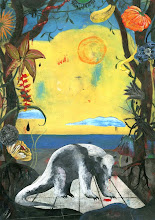














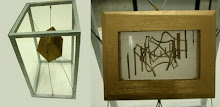


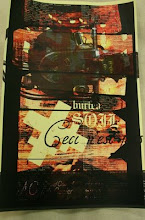
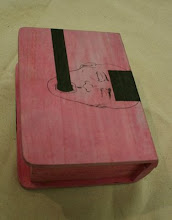
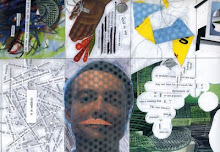
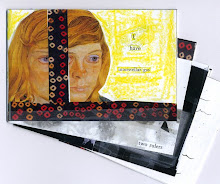
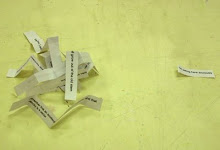
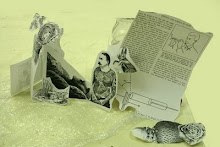

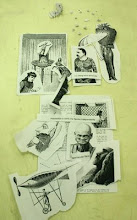
No comments:
Post a Comment